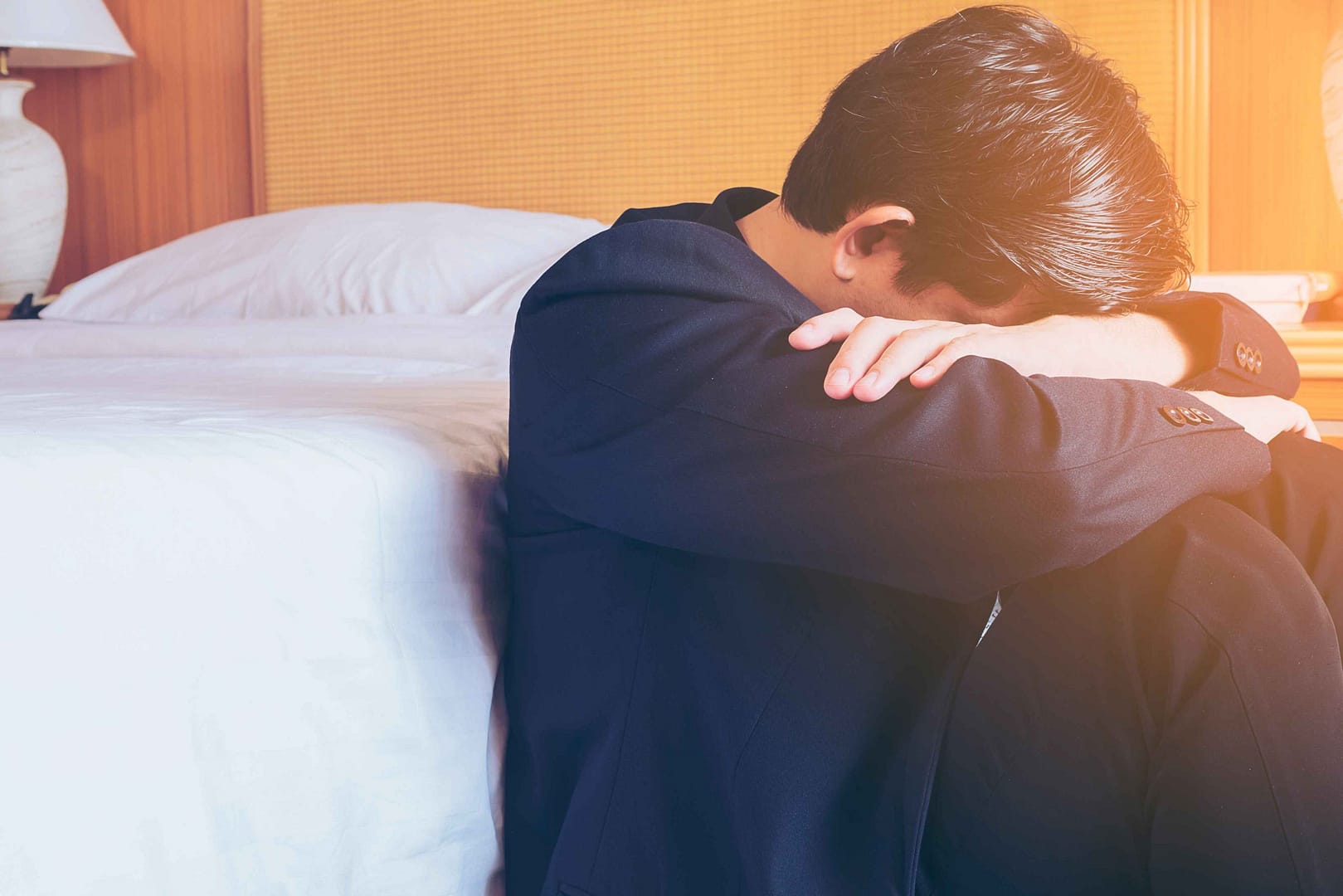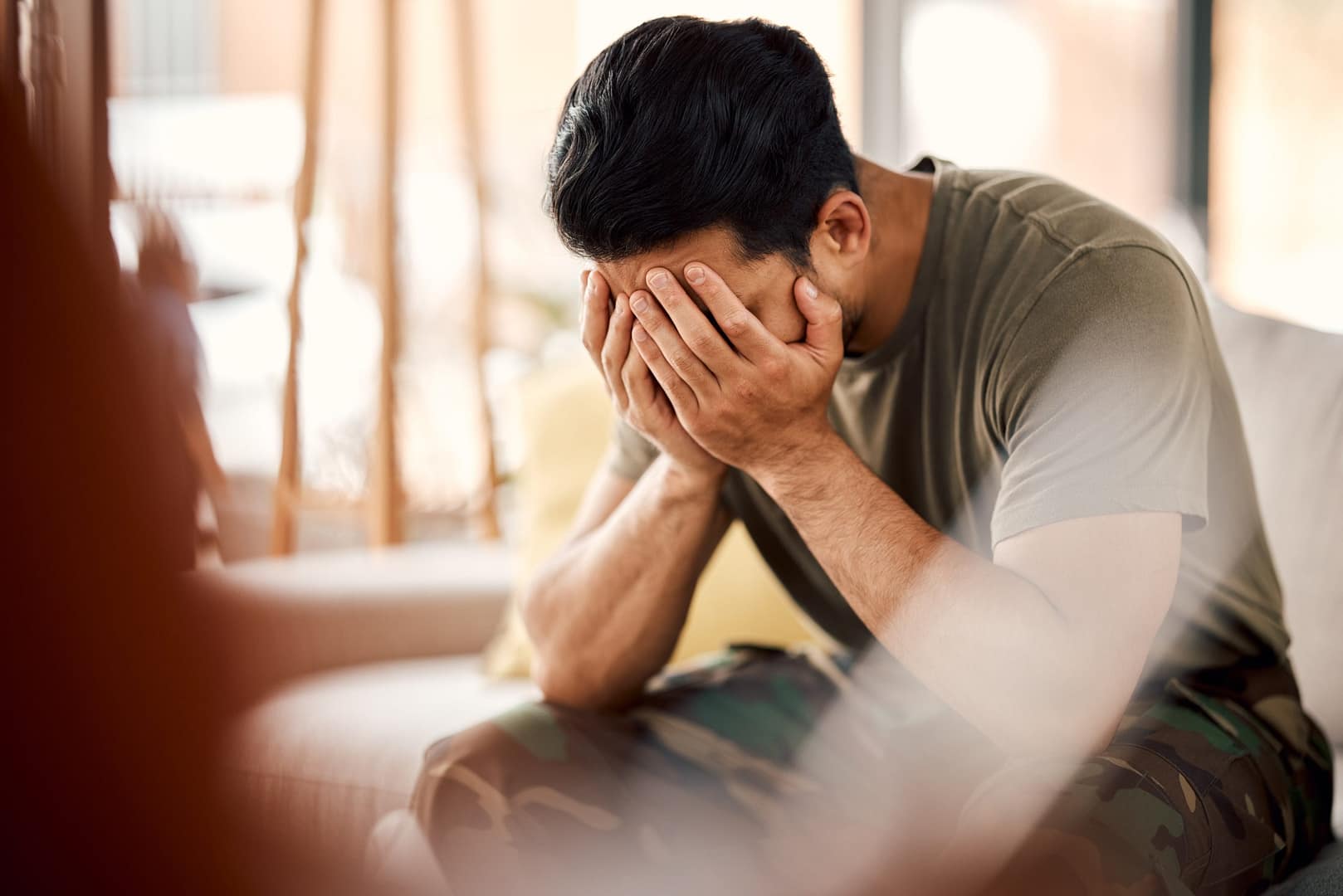Mindfulness is, indeed, an always-whispering practice that has gained a lot of attention lately, for it brings the most beneficial effects to both mental and physical health. Mindfulness can easily decrease stress levels, improve concentration, and generally make life better. To start one’s journey into mindfulness from simple techniques makes the journey more accessible and rewarding. Here are five of the most basic mindfulness techniques that every beginner should learn, discussed in this blog.
Awareness of Breathing
The base technique of mindfulness is breathing awareness. The base technique consists of attention to breath; it encourages relaxation. It is a very simple technique, which can be done at any place. It is an ideal technique for first-timers.
How to do breath awareness :
- Be seated or lie comfortably
- Close your eyes or relax your gaze, take a deep breath into your nose.
- Hold your breath for a second and then slowly exhale through your mouth.
- Observe the sensation that arises, as you feel the air entering your lungs and your body being released when you are exhaling.
- If you happen to feel that your mind has strayed, you can gently bring the focus of your attention back to your breath.
Substantial benefits are derived from mindful breathing. Research studies have established that focus on breath alone could lower anxiety levels and improve concentration. According to the American Psychological Association, this simple practice can create a state of calm and clarity, easily countering stressors throughout the day.
Body Scan Meditation
Other useful practices for novice users include body scan meditation and enhanced body awareness. It can help individuals connect themselves with their sense of physicality, very useful when dealing with stressful and tensed states of affairs.
How to scan your body?
- Lie down on your back, resting comfortably with your arms at your sides.
- Close your eyes and breathe a couple of deep breaths to get yourself centered.
- Start with your toes and bring your attention to each part of the body moving upward.
- Observe any sensations such as tension, warmth, or relaxation without judgment.
- Spend a moment on each area before moving on to the next, working your way up to the top of your head.
The body scan meditation provides the opportunity to clear blockages of body-locked tension and heightens awareness of the physical feelings. This is particularly useful for people who have chronic stress or anxiety as it fosters a more personal relationship with the body and calms. Psychotherapists incorporate body scans into therapy so their clients are able to develop their emotions and bodily feeling sensations.
Mindful Observation
Mindful observation leads you to a space where you are able to see the world. In mindful observation, you can just observe what is around you without judgment. With mindful observation, you can be able to have presence and appreciation.
How to Practice Mindful Observation?
- Choose something in your surroundings. It could be a plant, a painting, or even a cloud over the sky.
- Look only at that object; notice its color, shape, texture, or any other tiny details.
- Engage all your senses. What do you smell? How is it? What do you hear around you?
- Let your thoughts wander without judgment and bring your focus back to the object every time it drifts.
The practice of mindful observation may increase the ability to live in the present. Interactions with your surroundings in such a manner have been found to create a connection and a sense of fulfillment. It is also a great reminder of looking out for the beauty of everyday life.
Gratitude Journaling
Gratitude journaling is one of the most simple yet powerful ways to bring mindfulness into your life. Writing will help you pay attention to the good things happening in your lives, creating a pattern in your thoughts for which to be thankful.
How to Start a Gratitude Journal:
- Find some space in your day and preferably at a regular time to take out your pen and paper to write about three things for which you are thankful.
- Be specific in your entries, you should reflect why those things matter to you.
- You can also use prompts to help to focus your thoughts such as: “What made me smile today?” or “Whom am I grateful for in my life?
According to studies, indeed journaling gratitude really makes you feel better by directing your focus away from unpleasantries of thinking and towards the pleasures of experience. Many psychotherapists also recommend this type of practice to build mental fitness and strengthen resistance against stress.
Mindful Walking
Mindfulness in one’s life can impact positively, both mentally and emotionally. For example, to start down the road of heightened awareness and peace, you may try some of these five techniques: mindful breathing, body scan meditation, mindful observation, gratitude journaling, or mindful walking. And each is simple yet profound, perfect for beginners. Along this path of mindfulness, it’s often useful to find therapists who are using mindfulness-based treatments as they’ll be able to provide priceless advice and support along the way.
Wrapping up,
Mindfulness is a very great complement with medication, and the individual then uses it to live normally. People who adopt the use of mindfulness techniques develop awareness and reduce anxiety while improving their quality of life.
When trying to find psychotherapy in the USA, part of the methodologies applied by psychotherapists involves mindfulness-based strategies that guide and empower people to cope with their anxiety while developing their mental well-being.






